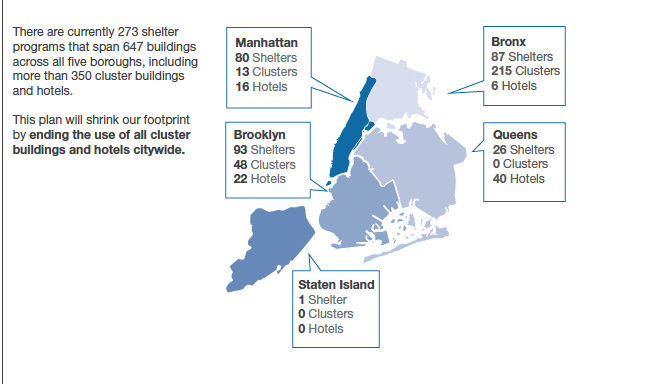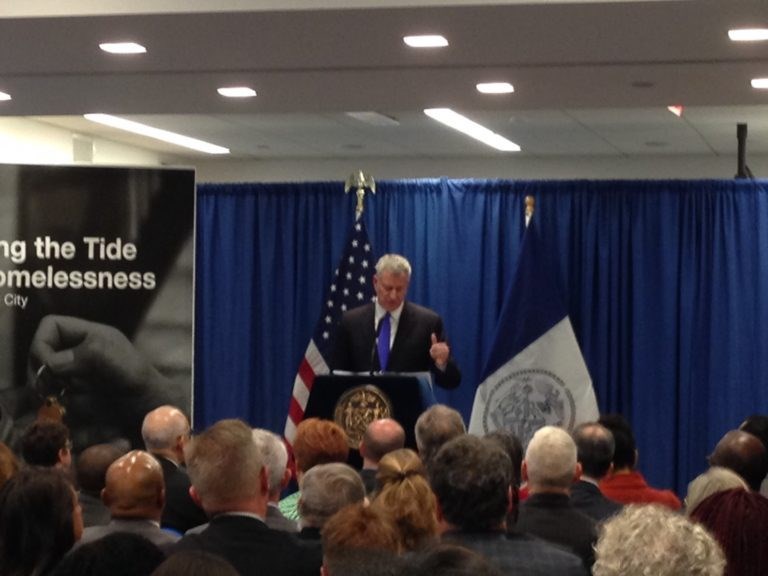
New York City's homeless population is the highest it has ever been since the Great Depression.
For years, the City has used private apartment buildings and commercial hotels to accommodate the swelling population of residents who-- for one reason or another-- can no longer afford to shelter themselves.
Currently, Brooklyn has the largest numbers of shelters, 93, and the second-largest number of cluster sites, 48. Cluster sites have been widely criticized for their poor living conditions and for creating concentrated pockets of blithe. In his recent address to the city on the homeless problem, Mayor Bill de Blasio announced that cluster sites finally would be closed.
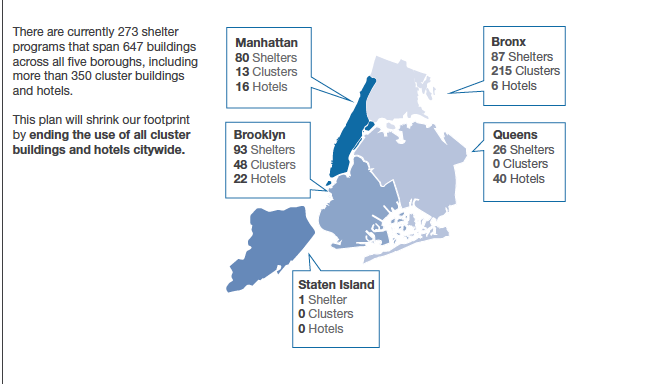
As outlined in the mayor's plan, "Turning the Tide on Homelessness in New York City," the City would reorganize the shelters into an orderly network of systems that would be distributed evenly across the five boroughs.
The mayor's administration also would implement a borough-based approach that would over time allow individuals and families to be placed in shelters near their home communities so that they can attend the same schools, hospitals and places of worship they attended before losing their homes-- an approach borrowed from HOME-STAT, an initiative launched in 2015 that has kept 690 homeless individuals off the street since its implementation.
In addition, the City aims to:
- Give neighborhoods a 30-day notice before opening a new shelter, which is the distinct feature of this plan.
- Eliminate of the 360 cluster apartment sites and commercial hotels
- Replace cluster sites with 90 new high-quality shelters over the course of five years
- Commit $300 million in capital spending to upgrade 30 existing shelters
- Reach out to the homeless individuals' family members and extend public assistance to the family
The City hopes these efforts combine will reduce the shelter population by 2,500 over the next five years. The Mayor described the goal as "realistic and level-setting."
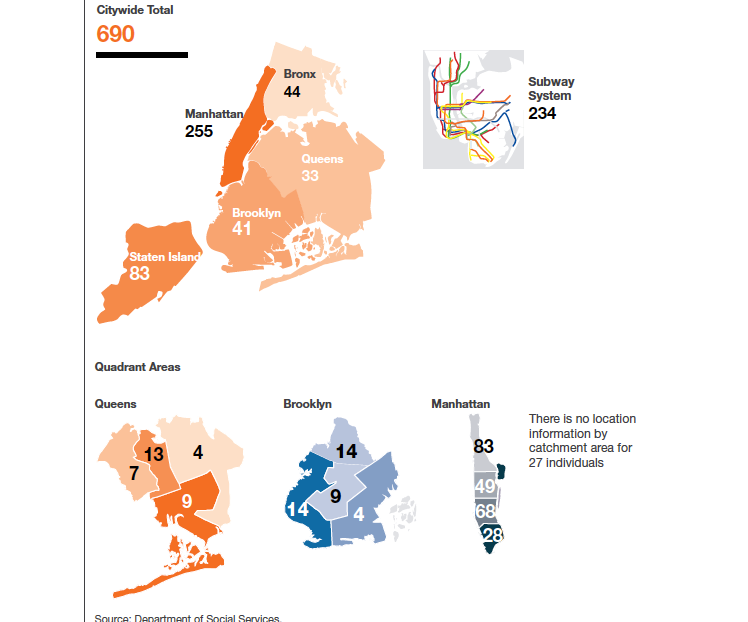
As reinforcement, the City promises to:
- Continue providing legal services for those facing eviction. Building on the existing $62 million per year in free legal service, the City will be phasing in an additional $93 million over the next five years to help tenants in Housing Court.
- Continue rental assistance programs such as City Family Eviction Prevention Supplement/Exit Plan Supplement (CityFEPS), Special Exit and Prevention Supplement (SEPS).
The borough-based approach is the first of its kind to take individual needs into consideration. These small changes can have an enormous impact when the immediate goal is to re-establish a level of stability for families. For example, homeless families that have been displaced into other cities with the lure of a brand-new domicile and fresh start, yet are offered no extended support system such as job placement or social services often find themselves homeless again within a year. Except now they're in a foreign neighborhood or city.
However, despite the mayor's call for a more compassionate attitude toward the homeless and homeless shelters, and the request that each neighborhood takes a fair share of shelters, there has been resistance from some residents in neighborhoods that feel they have been burdened with enough shelters.
Last August, Bedford-Stuyvesant residents accused the City of using their neighborhood as "dumping ground for homeless shelters"and petitioned for "no more homeless shelters in their community."
Likewise, Crown Heights Men's Shelter at 1173 Bergen Street, which is the first planned shelter to open under the mayor's new approach, stirred up tense debate amongst residents and elected officials. "Why here?" was the biggest question. Indeed, the fact that Crown Heights has 19 shelters while Maspeth in Queens has zero is not lost on the residents.
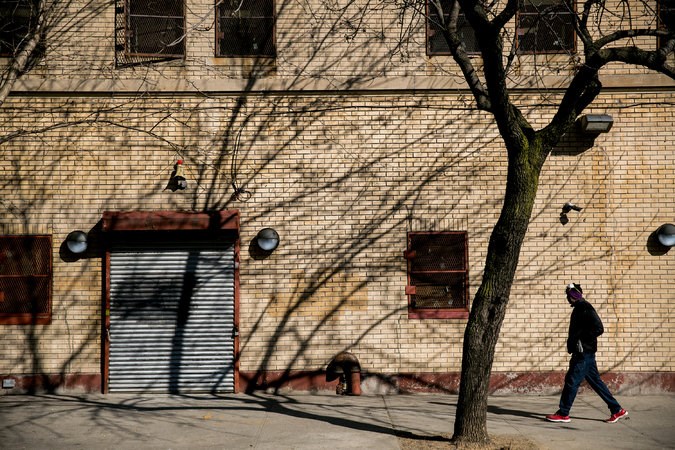
Chris Banks, the founder of East New York United Concerned Citizens, has been outspoken on the issue of disproportionate numbers of shelters in East New York for a few years, yet, to no avail. As of now, most of the people living in East New York shelters are from other boroughs.
The City has violated the Fair Share Law by continually dumping too many shelters in East New York, he said. He further points out, there are three shelters within walking distance from his home, including a 200-bed women's shelter and a 165-bed men's shelter. So "under no circumstances" is he supportive of new shelters.
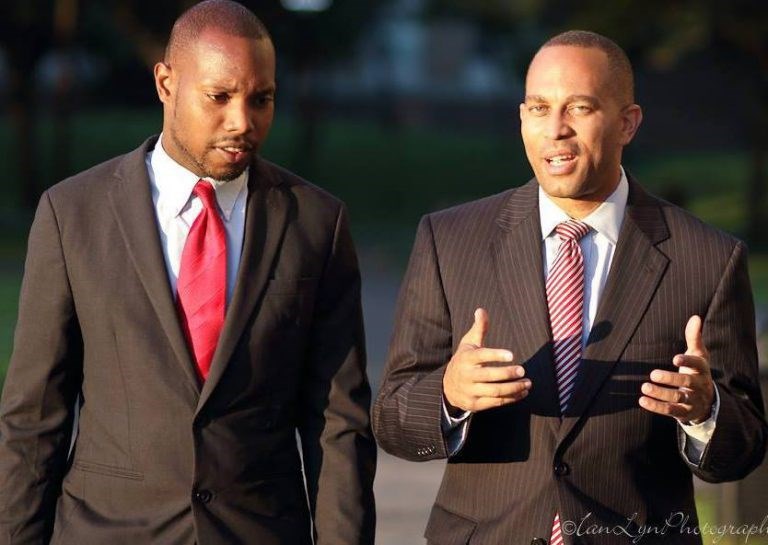
Banks remains skeptical about the mayor's promise to weight community input. "Why don't they build [a homeless shelter] in Howard Beach?" he asked?
There is a consensus on the need of more affordable housing, and more economic opportunity for those who have the least access to it. But socio-economic diversity has not been a priority when it comes to community development. The rich are getting richer and the poor are getting poorer, both in isolation, he said.
Even as the scale and scope of the homeless problem in New York City grows and the debate wages on surrounding its socio-economic impact, we still know very little of the people inside of the problem? Who are they? How do they lose their homes? And what happens to a family that has always lived in home ends up inside of the shelter system?
In our next story, we will share the experience of a homeless woman and her family from East New York, shedding light on some of these questions.
Read the first story in this series, Homeless in Brooklyn: Once a Single Person's Problem, Now a Family Affair.

